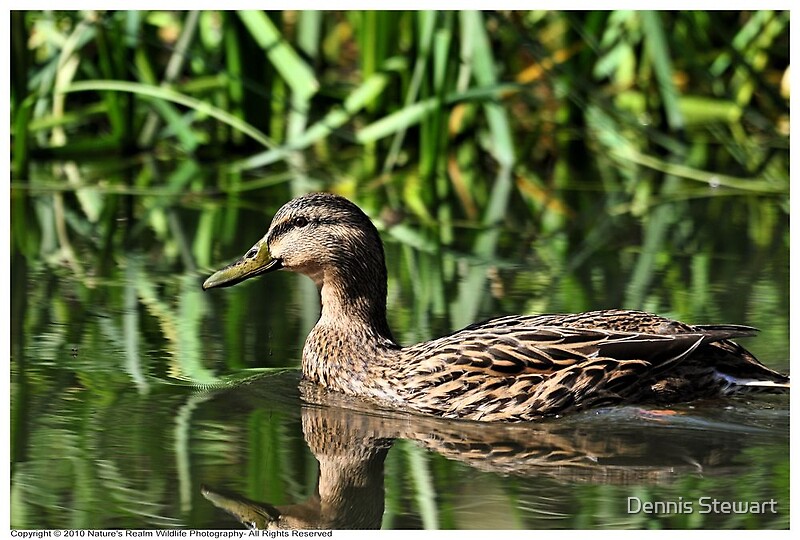Texas is a winter haven for Mallards and many other Duck species.
I came across this female meandering her way through a local pond area, and was able to capture this great image. The
lighting, reflection background blur and the clarity of the Mallard
makes it almost seem like you are looking at it in 3d (stare at it
long enough). A cool effect that was purely coincidental.
Equipment: Camera Nikon D300 with Sigma 150-500 adj lens
Equipment: Camera Nikon D300 with Sigma 150-500 adj lens
 |
| FEMALE MALLARD DUCK |

No comments:
Post a Comment